The well known expression “Potemkin villages” is the translation of the Russian phrase “Potyomkinskiye derevni”. It was originally used to describe fake settlements, decorations built only to impress. Grigory Potemkin erected those decorations along the banks of the Dnieper River during the travel of Empress Catherine II to Crimea in 1787 in order to make her believe that the country prospers.
It is hard to believe but the Potemkin tradition is still alive in Russia.
This November the town of Suzdal (Population: 10,535) was expecting a visit of Vladimir Putin, who planned to participate in the meeting of the local Russian authorities that was held in the town. Putin hadn’t arrived, but the town was decorated properly to meet the national leader.
Suzdal is an ancient Russian town full of tourists’ attractions.
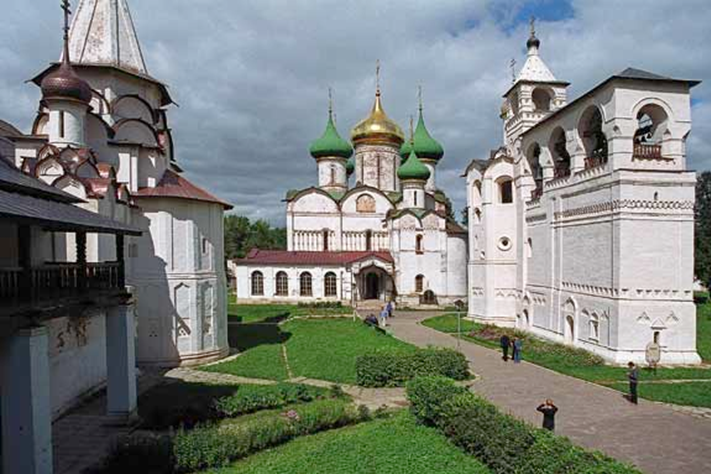
But it’s residential districts do not look that attractive.
So all the facades of the ruins along the streets, where Putin’s car was expected to move, were covered with banners, carrying painted imitations of walls with windows, pot flowers in the windowsills and other signs of happy life. Here are some examples.
A typical Suzdal house.
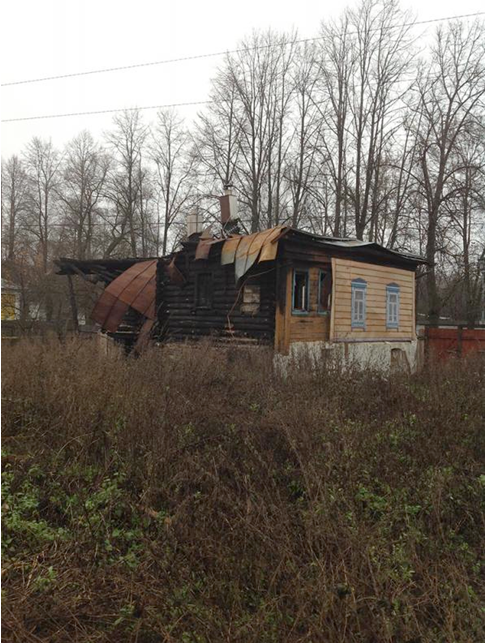
Close up of the banner on its street façade.
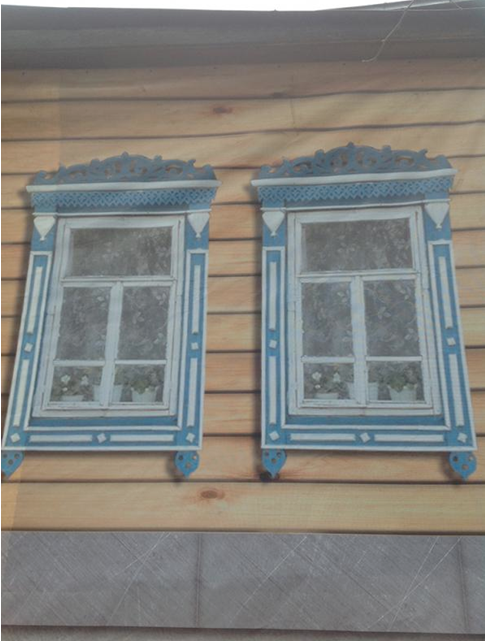
That is the street facade of a building.
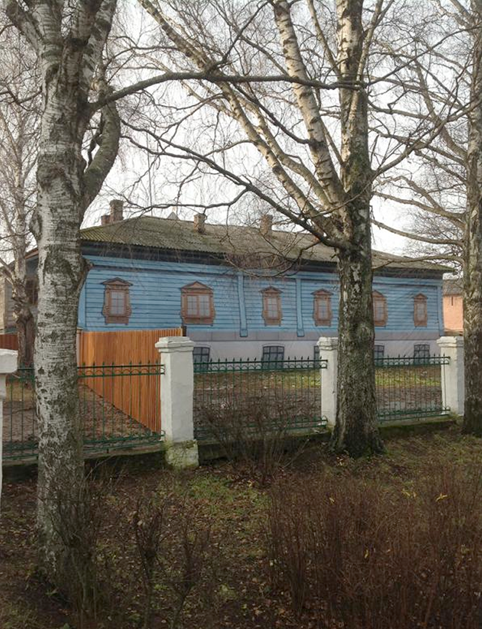
That is the same building’s back view.
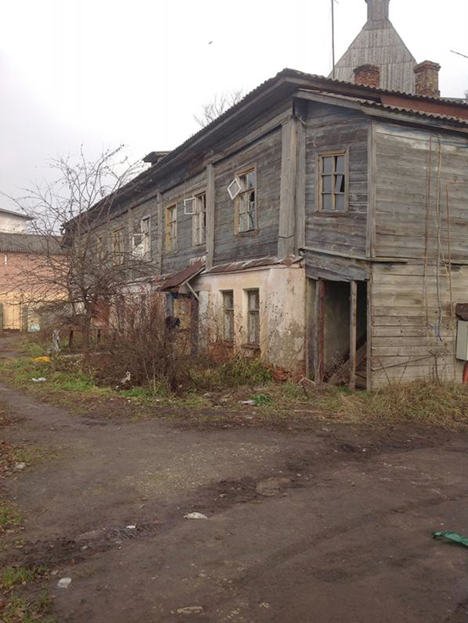
One more example.
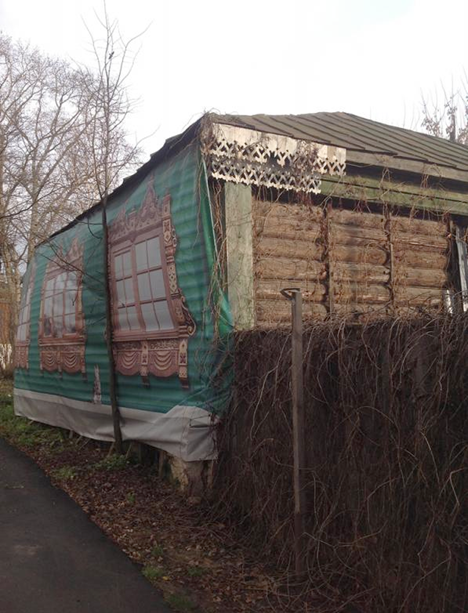
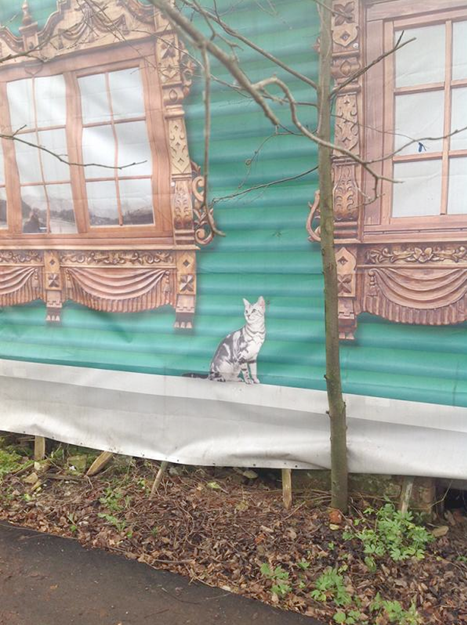
By some estimations fixing or demolishing these ruins would be much cheaper then painting decorative banners to hide them. Probably to some Russian autocrats it is more important to follow ancient traditions.

